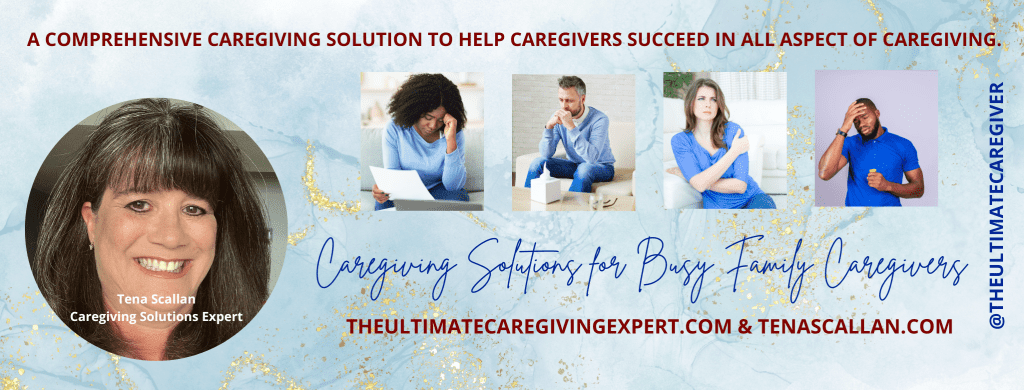Caregiver Strain: A Balancing Act
Caring for a loved one at home is a deeply rewarding experience, but it can also be incredibly challenging. As a family caregiver, I understand firsthand the strain that comes with balancing caregiving responsibilities with my own needs. Caregiver strain can take a toll on both physical and emotional well-being, leading to stress, anxiety, and burnout. However, I’ve learned that with the right support and strategies, it’s possible to manage this strain effectively. By seeking support from friends, family, and the resources I have on the site, prioritizing self-care, setting realistic expectations, and taking advantage of respite care, I’ve been able to find balance in my caregiving journey. If you’re struggling with caregiver strain, know that you’re not alone, and help is available.
Who Are Family Caregivers?
Family caregivers are unsung heroes, selflessly caring for loved ones unable to care for themselves due to illness, disability, or aging. They provide vital services like medication management, personal care, and emotional support, playing a crucial role in healthcare. However, caregiving is physically, emotionally, and financially demanding, requiring a balance with other obligations. Despite challenges, caregivers continue offering compassionate care, often sacrificing their well-being. As a caregiver myself, I understand the unique challenges and rewards, and advocate for supporting caregivers everywhere.
What is Caregiver Strain?
Caregiver strain refers to the physical, emotional, and financial toll that caregiving can take on an individual. When taking care of a loved one, caregivers often find themselves under immense stress, leading to feelings of anxiety, depression, and burnout. The constant demands of caregiving, coupled with the emotional challenges of seeing a loved one suffer, can take a significant toll on a caregiver’s well-being. Many family caregivers sacrifice their own needs and health to care for their loved ones, putting themselves at risk of physical and emotional exhaustion. Recognizing the signs of caregiver strain is crucial for maintaining the caregiver’s health and well-being. By acknowledging these signs and taking proactive steps to address them, caregivers can better cope with the challenges they face and provide the best possible care for their loved ones.
Where Does Caregiver Strain Occur?
Caregiver strain can occur anywhere, but it is most commonly experienced in the home. Many family caregivers choose to care for their loved ones in the comfort of their own homes, believing it provides a familiar and nurturing environment. However, caregiving at home comes with its own set of challenges. From managing medical needs to providing emotional support, the responsibilities of caregiving can quickly become overwhelming. Caregivers often find themselves juggling multiple roles, including caregiver, nurse, advocate, and household manager. The demands of caregiving can be relentless, leaving caregivers little time for themselves or other responsibilities. As a result, caregiver strain is often most acutely felt within the home environment, where the lines between caregiving and personal life can become blurred.
When Does Caregiver Strain Become an Issue?
This can occur anywhere, but it is most commonly experienced in the home. Many family caregivers choose to care for their loved ones in the comfort of their own homes, believing it provides a familiar and nurturing environment. However, caregiving at home comes with its own set of challenges. From managing medical needs to providing emotional support, the responsibilities of caregiving can quickly become overwhelming. Caregivers often find themselves juggling multiple roles, including caregiver, nurse, advocate, and household manager. The demands of caregiving can be relentless, leaving caregivers little time for themselves or other responsibilities. As a result, caregiver strain is often most acutely felt within the home environment, where the lines between caregiving and personal life can become blurred.
Why is Caregiver Strain a Concern?
Caregiver strain is a significant concern because it not only affects the well-being of the caregiver but also the quality of care provided to the loved one. When caregivers are stressed and overwhelmed, they may find it challenging to meet the physical, emotional, and medical needs of their loved ones effectively. This can lead to increased levels of frustration, guilt, and resentment, both for the caregiver and the care recipient. Additionally, caregiver strain can have serious health consequences for the caregiver. Chronic stress and burnout can increase the risk of developing depression, anxiety, and other mental health issues. Caregivers may also experience physical health problems, such as high blood pressure, heart disease, and weakened immune function. Recognizing and addressing caregiver strain is essential for ensuring the well-being of both the caregiver and the care recipient and maintaining the quality of care provided.
How to Solve Caregiver Strain in the Home
-
Seek Support:
One of the most important things family caregivers can do is to seek support from friends, family, and community resources. Whether it’s joining a support group, talking to a therapist, or asking for help with caregiving duties, reaching out for support can help lighten the load. Would you like to join a compassionate caregiving group filled with many caregiving solutions? This is a safe place to help you navigate this new and often challenging journey. Please feel free to ask any of your questions. Also, don’t forget to download my E-Book Guidelines for Caregiving.
-
Take Care of Yourself:
Caregivers need to prioritize their own well-being. This means eating well, exercising regularly, getting enough sleep, and taking breaks when needed. Caregivers who take care of themselves are better able to provide care to their loved ones.
-
Set Realistic Expectations:
Caregivers often put pressure on themselves to do everything perfectly, but it’s important to recognize that no one is perfect. Setting realistic expectations for yourself and your loved one can help reduce stress and prevent burnout.
-
Take Advantage of Respite Care:
Respite care provides temporary relief for caregivers by allowing someone else to take over caregiving duties for a short period. Whether it’s for a few hours or a few days, respite care can give caregivers the break they need to recharge and rejuvenate.
Conclusion: Finding Balance
Caring for a loved one at home can be incredibly rewarding, but it’s not without its challenges. Caregiver strain is a common experience among family caregivers, but it’s essential to recognize the signs and take steps to address them. From managing medical needs to providing emotional support, the responsibilities of caregiving can quickly become overwhelming. However, by seeking support, taking care of oneself, and setting realistic expectations, caregivers can better manage the challenges they face. Additionally, taking advantage of respite care can provide much-needed relief and allow caregivers the opportunity to recharge and rejuvenate. Remember, you’re not alone, and help is available. By prioritizing self-care and seeking support when needed, caregivers can find balance in their lives and continue to provide the best possible care for their loved ones.





